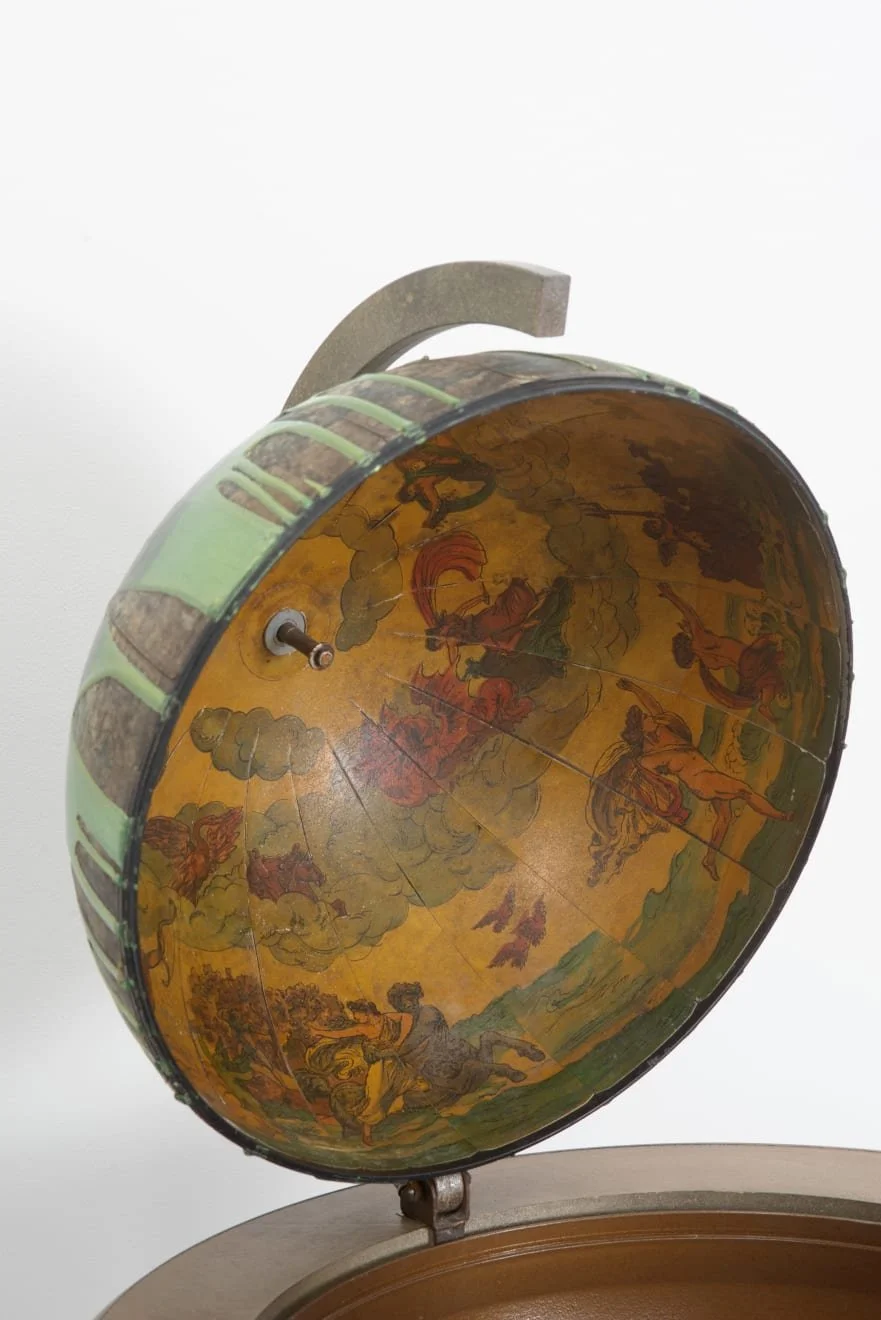Sometime during the late 1950’s I remember looking out of the window of one of my family’s long line of Pontiac stationwagons. We were probably returning to Santa Clara after seeing a new Cinerama movie or museum show after having dinner in San Francisco’s Japantown. My mother’s favorite Japanese restaurant Mina-kin is usually where we ate. I was always struck by the giant Sherwin Williams animated neon sign. It showed a can of red paint pouring over the earth. “Cover the Earth” is the paint company’s brand. What did this mean? Toxic paint covering the earth, or was it the art material of paint creating a new world culture?
What is fascinating to me is that an art material can contain a cultural identity. Lacquer is such a material which of course is identified as an Asian or “Oriental” material. The lacquer trees are found throughout Asia. This organic material has been used for centuries to protect organic materials such as wood. Since it is an organic material, lacquer has been used to repair utensils used for eating and drinking as in Kintsugi. Lacquer was even imbibed for medicinal purposes. This is in direct contradiction to our Western “lacquer” which of course is made of toxic polyurethane glue or resins. In the new work, “Cover the Earth” two layers of “lacquer” are applied to the globes. The first layer consists of the fake or toxic lacquer (Western lacquer) the second layer is made of the Asian or organic lacquer, which as in the Kintsugi process can be used to eat from). These globes posit the possibility of a non-toxic future world.
Cover the Earth embodies the metaphor of Asia “covering” the West and transforming Western ideas of Eastern identity. In the West lacquer material continues to be associated with its deep history in East and Southeast Asian culture. Just by “applying” lacquer to an object immediately makes it Asian. It is fascinating that a thin layer of lacquer can function as a skin that changes cultural identity and consciousness. For Not of Skin or Color, I intend to apply this lacquer ‘skin’ to vintage American-made globes to demonstrate that color or skin is but one material layer that transforms how an object (or person) is perceived.









